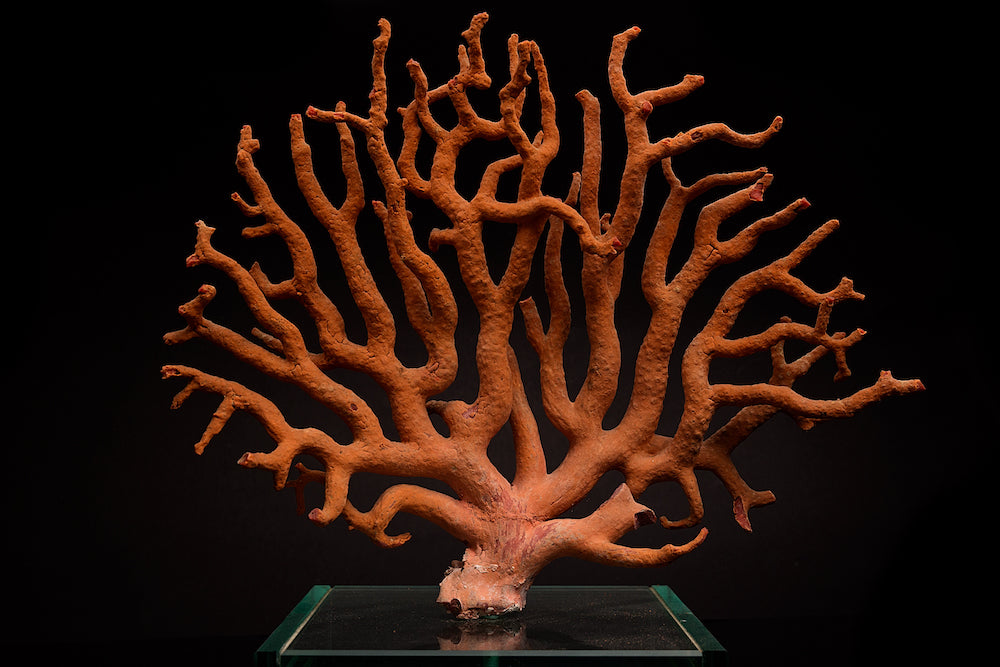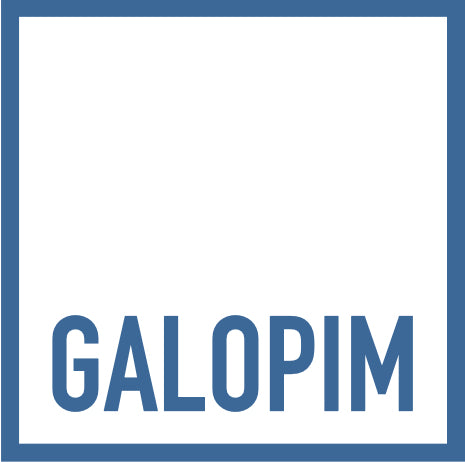
The Coral Road: Field Trip to Torre del Greco
Share
Last week, the JVA - Jewellery Valuers Association, gathered a group of gem & jewellery experts and aficionados organized by the iconic Chair of the organization Shirley Mitchell, and headed to Torre del Greco, in south the Naples bay by the Vesuvius volcano, for a 3-day private experience along the Coral Road hosted by the living legend Enzo Liverino, chairman of Liverino 1894 and President of the Coral Commission of CIBJO, with my assistance in the preparation and delivery of contents. Torre del Greco has been the capital of precious coral since the early 19th century after centuries of fishing tradition. One of the consequences of the coral beneficiation policies then implemented by the local rulers, was the introduction of other handcrafts, including tortoiseshell jewellery manufacturing and shell and “lava” cameo carving, the latest being still widely practiced in the area.

The field trip program started with a sunset drink followed by a local sea-food dinner at the local yacht club where guests were invited to taste a considerable (and abundant) number of local plates, accompanied by italian wines. The next morning was filled with a theory session on the basic biology, history and lore of coral in the decorative arts, with considerations on the terminology as currently accepted by CIBJO, The World Jewellery Confederation and on the listing of coral species in CITES and what that means exactly. The main varieties of precious coral that are currently available in jewellery were introduced as well as a few common coral varieties that, after treatment, may be used as adornments. The identification features of coral and the differentiation between coral varieties were presented in preparation for what would be the afternoon session with a hands-on workshop with both raw and fashioned precious corals, specially prepared by Enzo. The chance to verify the raw coral branches’ morphology variations between different species and how those differences impact the characteristics of the fashioned material was truly a highlight of the day that counted with numerous samples for observation under magnification of the 10X loupe.
 The next day, after recovering from another abundant and tasteful pasta, pizza and seafood dinner, had an exclusive visit to the Liverino factory where corals are sorted and handcrafted by skillful masters. A local acclaimed shell cameo carver, Massimo Balzano, made a demonstration of the delicate art of carving, another art form that, as mentioned, reached an excellence level in Torre del Greco along with coral manufacturing. Another highlight of this field trip was the awaited exclusive visit to the coral and art collection of Liverino, a world-class private museum that preserves significant coral specimen examples, both raw and fashioned, including what is reportedly the world’s largest angel’s skin coral necklace, antique and modern asian and european coral masterpieces and the archives of a major Genovese coral factory that was active in the late 19th century. The museum also showcases a rare collection of antique and modern shell, coral and “lava” cameos, alongside tortoiseshell artifacts also of local manufacture in far past. This experience into the natural history and art history of precious corals, guided by the passion of the collector himself, was a memorable occasion that cannot be described as the emotion and stories that Enzo Liverino shares are hard to translate accurately into words.
The next day, after recovering from another abundant and tasteful pasta, pizza and seafood dinner, had an exclusive visit to the Liverino factory where corals are sorted and handcrafted by skillful masters. A local acclaimed shell cameo carver, Massimo Balzano, made a demonstration of the delicate art of carving, another art form that, as mentioned, reached an excellence level in Torre del Greco along with coral manufacturing. Another highlight of this field trip was the awaited exclusive visit to the coral and art collection of Liverino, a world-class private museum that preserves significant coral specimen examples, both raw and fashioned, including what is reportedly the world’s largest angel’s skin coral necklace, antique and modern asian and european coral masterpieces and the archives of a major Genovese coral factory that was active in the late 19th century. The museum also showcases a rare collection of antique and modern shell, coral and “lava” cameos, alongside tortoiseshell artifacts also of local manufacture in far past. This experience into the natural history and art history of precious corals, guided by the passion of the collector himself, was a memorable occasion that cannot be described as the emotion and stories that Enzo Liverino shares are hard to translate accurately into words.
 The last day of the tour was a field trip to historical centre of Naples with a visit to the iconic treasure of the Royal Chapel of San Gennaro that resides in the building of the cathedral of Naples. Before we reached the famous gem-set wonders of the treasure, we were introduced to the most recent donation to the sanctuary that was commissioned by our Enzo Liverino and his friend Gianfranco D’Amato: “To Eusebia”, a contemporary art sculpture made in precious coral (both Mediterranean and Sciacca coral) created by the acclaimed flemish artist Jan Fabre. The very large-sized “To Eusebia” evoques the iconic early 18th century precious mitre of the treasure that is adorned with diamonds, amazing emeralds and rubies, is located in the Antisacrestia where the keys to the safe containing the ampulla holding the holly blood of San Gennaro are kept. Next, the group headed to the nearby Capella del Pio Monte della Misericordia, a 17th century church famous for the artworks by Caravaggio, Battistello and Luca Giordano, now enriched with four coral sculptures by Jan Fabre. These sculptures of impressive size when seen live, each 110 cm high and weighing approximately 50 kg, serve to stimulate a dialogue with the 17th-century church's paintings, especially the ca. 1607 Caravaggio's famous "The Seven Acts of Mercy", and are completely covered with minute carved red coral pieces in the shape of small roses, pearls, half pearls, and the traditional Neapolitan horns, widely used in Neapolitan art for its symbolic and spiritual significance, referring to energy and life force.
The last day of the tour was a field trip to historical centre of Naples with a visit to the iconic treasure of the Royal Chapel of San Gennaro that resides in the building of the cathedral of Naples. Before we reached the famous gem-set wonders of the treasure, we were introduced to the most recent donation to the sanctuary that was commissioned by our Enzo Liverino and his friend Gianfranco D’Amato: “To Eusebia”, a contemporary art sculpture made in precious coral (both Mediterranean and Sciacca coral) created by the acclaimed flemish artist Jan Fabre. The very large-sized “To Eusebia” evoques the iconic early 18th century precious mitre of the treasure that is adorned with diamonds, amazing emeralds and rubies, is located in the Antisacrestia where the keys to the safe containing the ampulla holding the holly blood of San Gennaro are kept. Next, the group headed to the nearby Capella del Pio Monte della Misericordia, a 17th century church famous for the artworks by Caravaggio, Battistello and Luca Giordano, now enriched with four coral sculptures by Jan Fabre. These sculptures of impressive size when seen live, each 110 cm high and weighing approximately 50 kg, serve to stimulate a dialogue with the 17th-century church's paintings, especially the ca. 1607 Caravaggio's famous "The Seven Acts of Mercy", and are completely covered with minute carved red coral pieces in the shape of small roses, pearls, half pearls, and the traditional Neapolitan horns, widely used in Neapolitan art for its symbolic and spiritual significance, referring to energy and life force.

After the visit we all had a wonderful relaxed lunch in the old town served with traditional dishes, specially an unexpected and delicious pasta al potato. Among the all the learnings, knowledge, visual experience and further study directions that were offered, what can be said as a relic of the power of precious coral in Torre del Greco is the human bonds that were strengthen and generated between old and new friends. It was a memorable field trip, I say, and I’m sure more like this will follow.
Some images are courtesy of JVA and its membership that participated in the tour.
